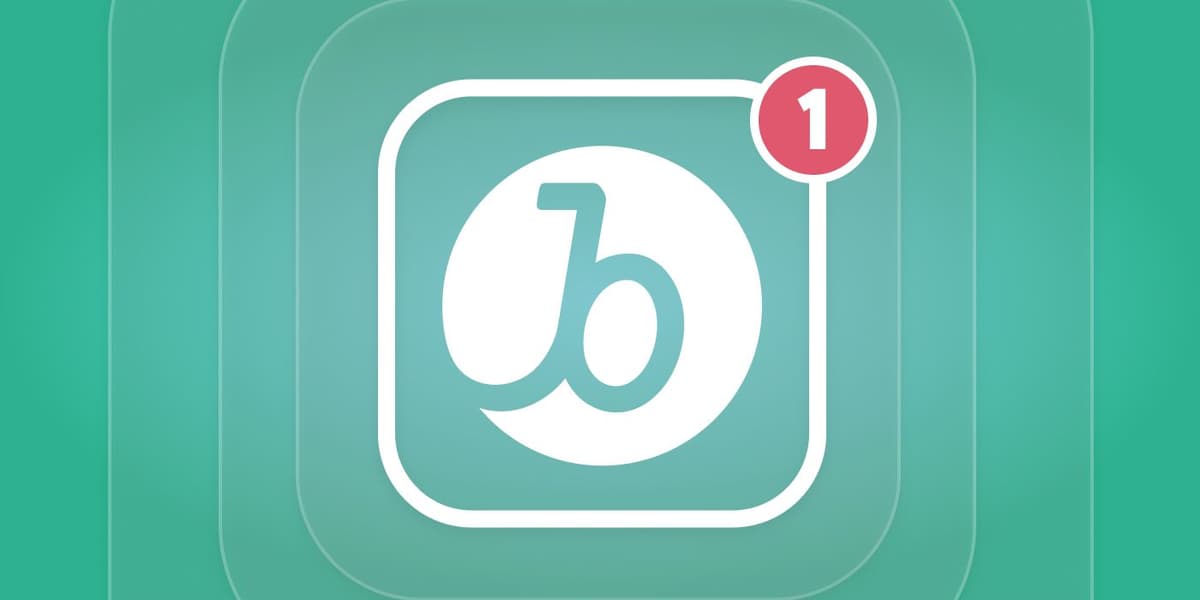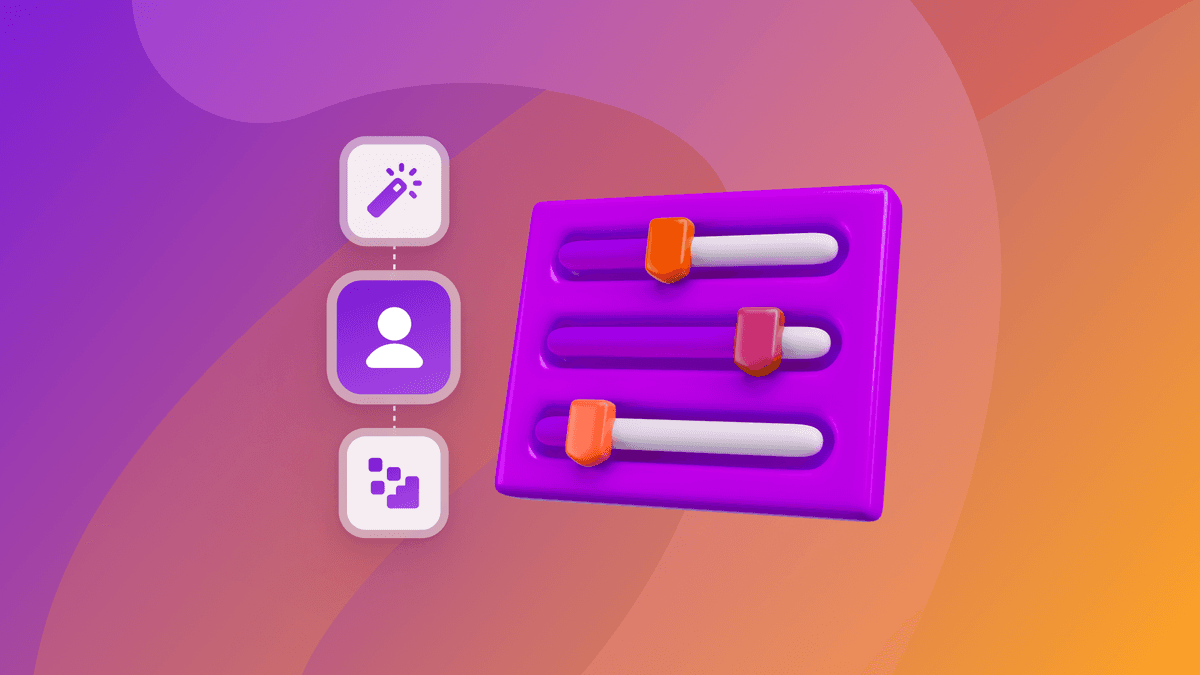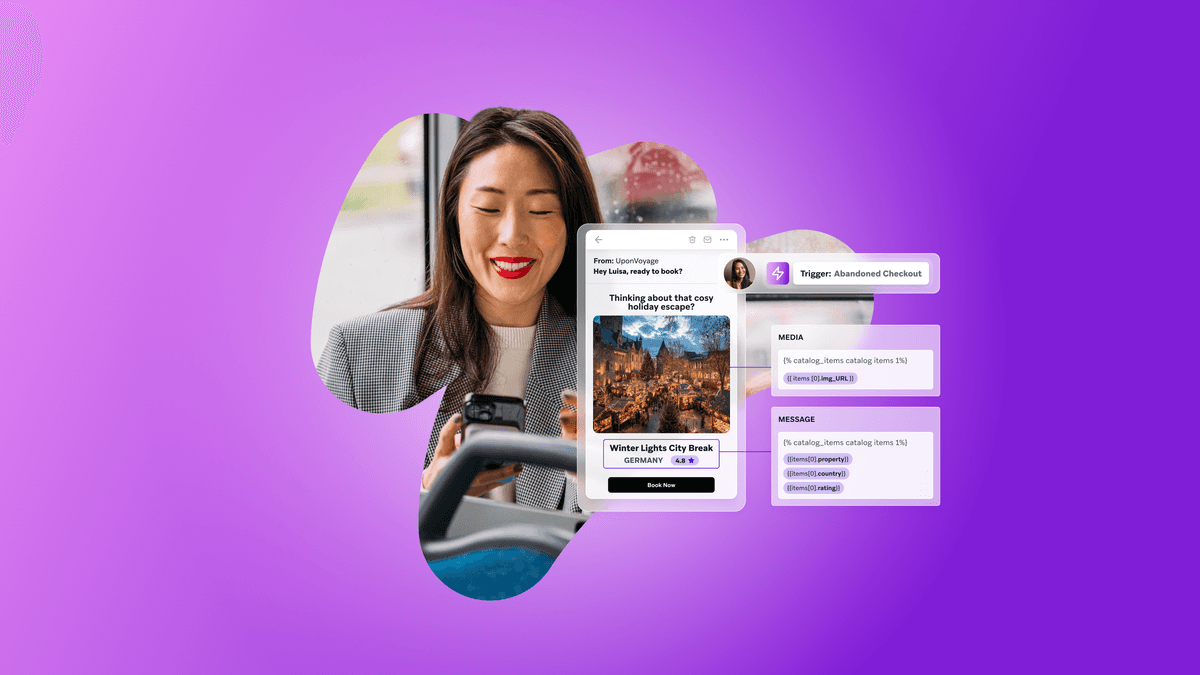What Are Badges?
Published on June 05, 2020/Last edited on June 05, 2020/6 min read


Team Braze
According to Buildfire, the average smartphone user has 60-90 apps installed on their device, making it hard for any individual app to stand out among all those icons. (And when people start sorting those apps into folders, individual apps end up even more buried!). But while there are a lot of ways to attract user attention on mobile devices—from message personalization and targeting to cross-channel engagement and triggered outreach—there’s also a simple, intuitive tool that a lot of brands aren’t using: Badges.
What Are Badges?
In the context of a mobile app, a badge is the red circle that appears on the upper right hand corner of the app’s icon on a mobile device or Mac computer. (On PCs, badges are generally blue.) The white numbers inside that circle display the “badge count,” representing the number of unread messages waiting for a given user when they next open the app.
Why Do Badges Matter for Marketers?
Humans are visual creatures and the screen of your users’ smartphones is a key place of real estate when it comes to capturing and holding their attention. By visually showcasing messages that a user hasn’t yet engaged with, brands can create a sense of urgency for users in connection with opening their app and nudge lapsing users to log another session. Think of it as a wordless call to action that is eye-catching, effective, costs nothing, and can do a lot to encourage engagement with minimal effort.
What Is the Badge Count Number Actually Based On?
Generally, the badge count for an app reflects the number of unread push notifications that user has received from the app in question. That being said, it’s also possible to use this tool to highlight other unread messages, including in-app messages, News Feed Cards, and Content Cards.
What Makes Badges Effective When It Comes to Driving Customer Engagement?
Let’s take a step back from the nuts and bolts of badge technology for a moment. Why exactly do badges work? There are a few key factors to keep in mind.
Factor 1: Productivity Systems Emphasizing Inbox Zero
First, the success of productivity methodologies like Inbox Zero mean that many people have made a habit of working through all of their messages. This behavior is most common in email inboxes; however, it is also evident in other cases. For users in the habit of working through their inbox every night, they will notice that they have unread messages in your app. That means you have a good chance of becoming part of your user’s “inbox cleanup” habit and getting your messages read more often.
Factor 2: Tap Into the Drive to Satisfy Curiosity
Badges also tap into your curiosity drive. You can see that there is something there waiting for you. You don’t know what exactly it is. It could be loyalty points. It might be a sale. There’s no way to know for sure until you tap on the app to read the message. By using badges, you have a chance to tap into the psychology of curiosity.
Keep in mind that the appeal of curiosity can become fatigued over time. If all of your push notifications look and sound the same (e.g., you only send “10% off coupons!”), users will start to ignore you. That’s why we suggest experimenting with different messaging and offers regularly.
Factor 3: Leverage the Social Media Significance of Badges
Finally, badges are widely used by social media services like Facebook. That means that many users will associate badge notifications with some form of social reward. For example, a badge notification may reveal how many likes their last photo attracted. By using badges to promote your brand, you can associate your brand with social media levels of engagement.
When Do Badges Become Counterproductive?
Badges are a useful tool for engagement, but they’re not a panacea: As with any messaging channel or tool, you have to be careful and thoughtful about how you use badges in your customer engagement strategy. Some key things to keep in mind include:
- Keep Your Badge Count Low: Brands often find that when badge counts rise into the triple-digits, users start to feel overwhelmed, decreasing interest in updates and increasing the chances that they uninstall your app.
- Be Clear About What Your Badge Count Represents: Depending on your messaging strategy, it may make more sense to tie your badge counts to in-app channels like in-app messages or News Feed or Content Cards, rather than push notifications; that said, the important thing is to choose. If users aren’t clear about what your app uses badges to represent, they’re less likely to care when the number goes up.
Are Their Any Best Practices For Using Badges To Boost Push Campaigns?
For most brands, push notifications and badging are going to operate hand in hand. To get the full value of these tools in concert, start slowly and make sure that your approach to badging can complement your push strategy.
Start by using badges to display the number of unread push notifications for each individual user—as the number of unread messages increases, your user will be regularly reminded that they have not engaged. This is a subtle way to make your app appear more visually compelling compared to all of the other apps your customers have on their mobile devices.
Also think about how badging can support re-engagement in tandem with push. Push notifications can be a powerful way to nudge people to revisit your app, but they’re only effective if people see them. In a perfect world, each push notification you send would be read by every customer immediately. That’s not the world we live in. Some of your customers may forget about your brand for a while and then return. By displaying a badge, they will get a gentle regular reminder of their next step.
Anything Else?
Optimizing a badge is helpful. However, it is just one piece of a larger campaign. To get the best results, you need to build out a push notification campaign that fits your unique audience and business goals. To start building or optimizing your push strategy, download our Push Notification Guide.
Related Tags
Be Absolutely Engaging.™
Sign up for regular updates from Braze.
Related Content
View the Blog
How behavioral marketing turns data into personalized experiences

Team Braze

How Braze supports exceptional customer engagement during Black Friday, Cyber Monday, and beyond

Todd Grennan

How to overcome messaging fatigue this holiday season
